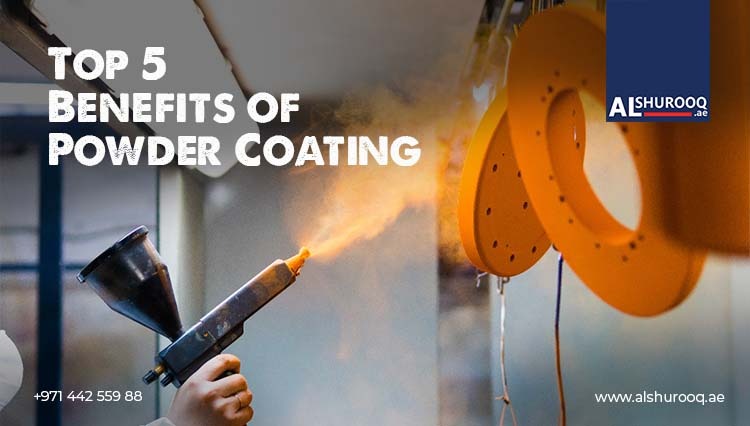The Role of Robotic Welding in Welding Industry
Robotic Welding
Robotic welding is a highly advanced automated welding process in which mechanised
programmable robots are used for performing the welding.Robotic welding was first
introduced in the industrial sector in the 1960s. Robotic welding is most
commonly used for arc welding and resistance spot welding in heavy
industries such as automotive industry. Robotic welding ensures
precise and faster results accompanied by minimal wastage and
considerable safety.The robotic welding is of greatest use when
it is applied for repetitive and high volume tasks.
The process of welding is automated by the use of specialised
robots called welding robots.The welding robots carry out the
welding process based on a program and they can be reprogrammed
according to the desired tasks.Another feature of these building
robots is that they can reach to any place which is inaccessible
and at the same time they can perform even the most complicated
tasks with highest accuracy.Also, robotic welding allows the
welder to save a lot of time and utilise their time on tasks that
require creativity and problem solving skills.
Robotic Welding Machines are used in a wide range of industries such as automotive,
construction and aerospace where accuracy is of extreme importance for large
and complicated structures.These robotic welding machines comprise of
several essential components which include the robot arm, the welding torch,
the power supply, and the control system.
The first step while using a robot welding machine is to program the welding path
into the control system.The control system will direct the robot arm to move the
welding torch according to the set path.The power supply will provide the energy
that is required to melt the metal to be welded.The robot arm moves the welding
torch along the programmed path during the welding process.Depending on the applications,
the welding torch can be equipped with several types of welding processes.
One of the major advantages of using robot welding machines is that they can
operate for long hours without any error or fatigue.
Types of Robotic Welding Processes
With the variety of machinery that are available, the welding robots are designed to
adapt to the various welding processes, including:
Arc Welding
Arc Welding is one of the most common types of robotic welding.In this method, an electric arc
which is between an electrode and metal base produces an intense heat of 6500 degrees Fahrenheit,
which inturn will melt the metal.Then, the molten metal joins the parts together, that later solidifies
after cooling resulting in a stable bond.Arc welding is used in projects which require great volume
of precisely linked metals and repetitive tasks.
Resistance Welding
Resistance welding is used in projects that require heat treatment or for cutting back
on costs.In this process a current is passed between two base metals which results
in heat formation and thereby a pool of molten metal is created, and this molten
metal will join and hold the metal pieces together.This is the most economical
kind of robotic welding and most suitable for heat treatment projects.
Spot Welding
This process is used for materials that are resistant to electrical currents,
on which other forms of welding cannot be used.This occurs most commonly in
the automotive industry while putting together different sections of an automobile’s
body.In this method, a type of resistance welding is used where spot welding is
used to join two thin metal sheets.
TIG Welding
Also known as Gas Tungsten Arc Welding (GTAW) , TIG welding is used in robot welding
applications requiring utmost precision.In this process, an electric arc is passed
between the tungsten electrode and the metal base.
MIG Welding
Also known as Gas Metal Arc Welding (GMAW) uses a high deposition rate process to continuously
feed a wire towards a heated weld tip.It is used in applications which involve system
simplicity and speed.
Laser Welding
In this method, a laser generator produces a laserlight through a robotic
cutting head for welding the pieces together.It is best for applications
for accuracy in hard to reach high volume of parts and also small parts
like in automotive and jewellery industries.
Plasma Welding
Plasma welding is applicable when a high degree of flexibility is required as the speed
of gas passing through and the temperature can be adjusted easily.
Applications of Robotic Welding
Robotic welding has gained an important place in various industries,
from metal fabrications and heavy industries to smaller or one off productions.
Automotive industry
One of the largest users of robotic welding is the automotive industry as they are ideal
for swift production with high volume and repetitive tasks.This includes welding of motors,
car water pumps welding and welding metal fasteners.They can be programmed to weld parts
with complex shapes and sizes.
Aerospace industry
As robotic welding delivers a greater degree of precision and repeatability they are
the best for welding tasks in aerospace manufacturing that require higher levels of
accuracy and attention.Robotic welding is used extensively in the aerospace industry
for welding components like wings, engine parts and fuselages.
Fabrication industry
Robotic welding aids in completing large volume tasks with greater efficiency.
Therefore they are well suited for fabrication industries from welding of marine equipment
to scissor lifts, their contribution is invaluable to the metal fabrication industry.
Energy industry
Energy industry also benefits from robotic welding that is utilised in welding pipelines,
pressure vessels etc which are used in the manufacturing and carrying of gas, oil,
and renewable energy .Also these welding machines can be used in both onshore and offshore projects.
Conclusion
Robotic engineering has grown rapidly over the recent years making a landmark
in the metal and heavy industry.Additionally, with its ability for mass production
with maximum efficiency and precision, it has been able to save crucial time in
the industrial production. We, Al Shurooq not only provide superior quality,
state of the art robotic welding services but also ensure precision and
consistency with core commitment to excellence and customer satisfaction.





